Vintage Hygiene Tips That Are No Longer Socially Acceptable
Personal hygiene practices have significantly evolved over time, reflecting the progress of society. Previous generations had to rely on resourceful methods to maintain cleanliness and well-being, some of which may seem repulsive to us today. From unconventional birth control methods to poisonous shoe polish, our ancient ancestors experimented with rather unsavory methods.
Keep reading in order to see some of the most revolting ways they sought to stay clean.
Wounds Were Cauterized In Medieval Times

The ancient myth of closing wounds by cauterization originated in medieval times when this practice was indeed employed. The logic behind it seemed straightforward: burning the wound would halt the bleeding.
However, a major drawback emerged as cauterized wounds were prone to infection. Essentially, sealing the wound through burning increased the risk for the wounded individual. In dire circumstances where the choices were immediate death or delayed demise, opting for the latter was a common decision.
Surgery Wasn’t Steril Like It Is Today

Prior to the 1800s, people were unaware of the existence of germs and the cause of illnesses. Consequently, surgical procedures were conducted without sterilized equipment, despite the remarkable history of advanced surgeries performed by civilizations like the Mayans, as evidenced by skeletal records.
Flowers Instead Of Deodorant

Previously, without modern options like daily showers, deodorant, and perfume, people relied on carrying flowers to mask their natural scent. However, showering daily was considered wasteful due to water scarcity.
Flowers were so popular that the term “nosegay for a small bouquet” was even coined. Now you’ll think about flowers differently when someone tries to offer you some!
People Used Sulfur To Remove Freckles

While freckles are now embraced as a beautiful feature, they were once seen as undesirable. In the past, individuals afflicted with freckles would resort to rubbing sulfur on them in an attempt to make them vanish.
This practice seems unfair today, as freckles contribute to a person’s uniqueness, and erasing them means eradicating a part of their identity. Unfortunately, acceptance was scarce in the past, and even the option of using cover-up hadn’t emerged.
Silphium Was Used As Birth Control
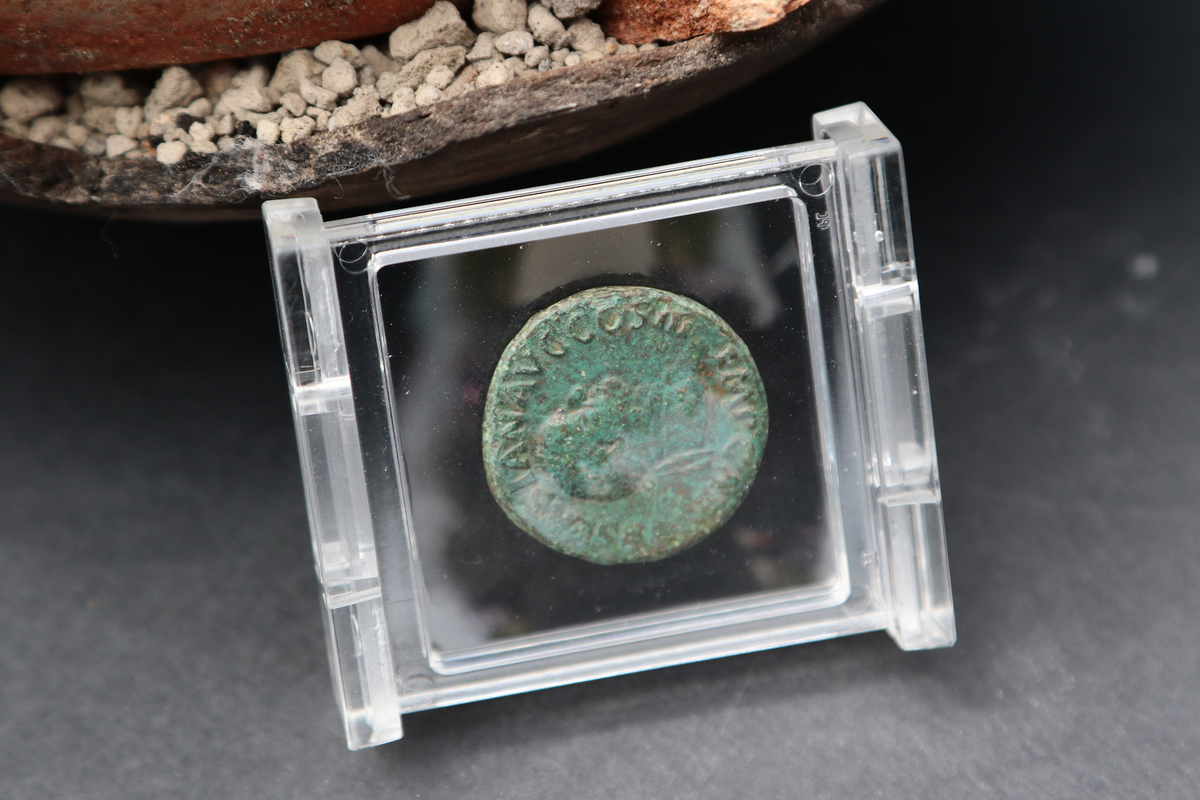
Ancient Romans employed a unique birth control method by consuming the silphium plant. This natural form of contraception was highly valued, to the extent that the plant ultimately became extinct during the Roman era.
Its significance was such that the image of the silphium plant even appeared on Roman currency. Although its remarkable qualities remain a mystery today, it is evident that the Romans held it in great esteem.
The Groom Of The Stool
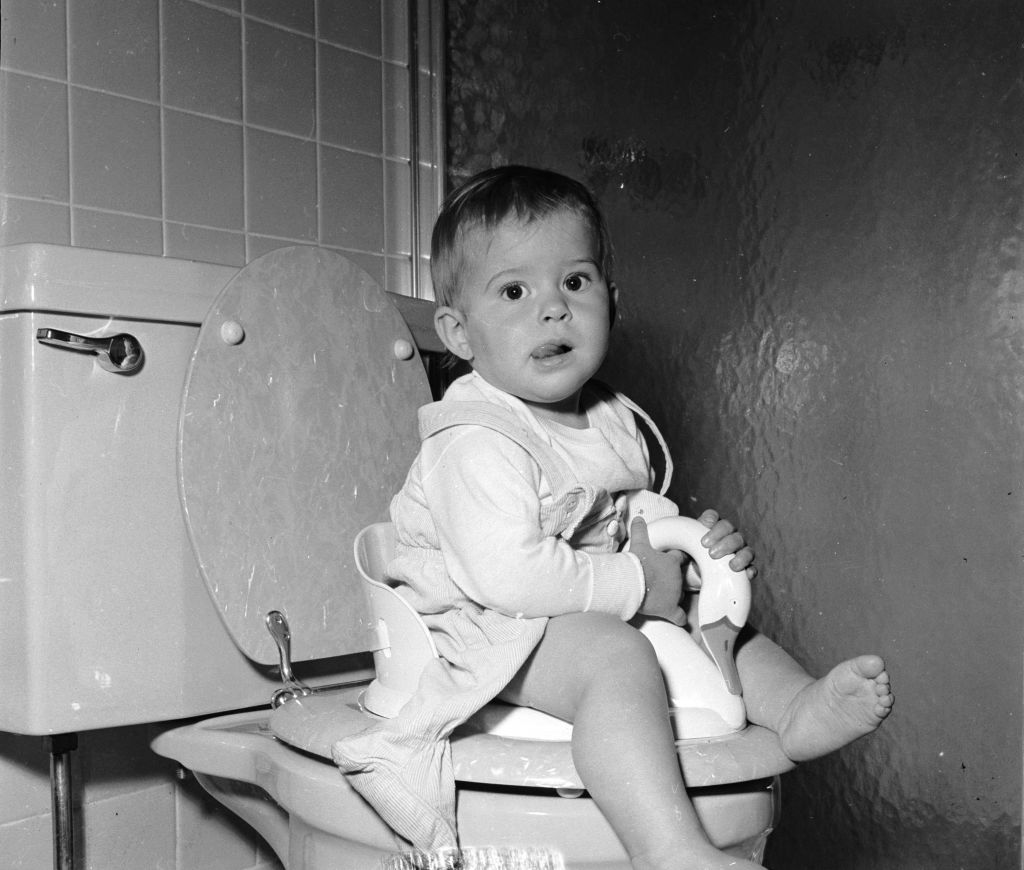
The Groom of the Stool held a peculiar role in the English court, responsible for assisting the King with personal hygiene tasks like wiping after using the washroom. Although the job may seem repulsive, it carried unexpected privileges.
This position allowed the Groom of the Stool to develop a close and trusted relationship with the King, often becoming a confidant who was privy to scandalous royal secrets.
Egyptian Women Used Crocodile Dung As A Contraceptive

Women have tried a lot of things over the years to prevent unwanted pregnancies, but Ancient Egyptians take the cake. Scrolls that date back to 1850 BC show that women were taking crocodile dung, turning it into small pellets, and inserting it into their genitalia.
It might sound crazy, but modern science has proved that this ancient family planning technique may have actually worked. Crocodile poop has a similar makeup as alkaline and other modern-day spermicides.
Noble Women Painted Their Faces With Lead
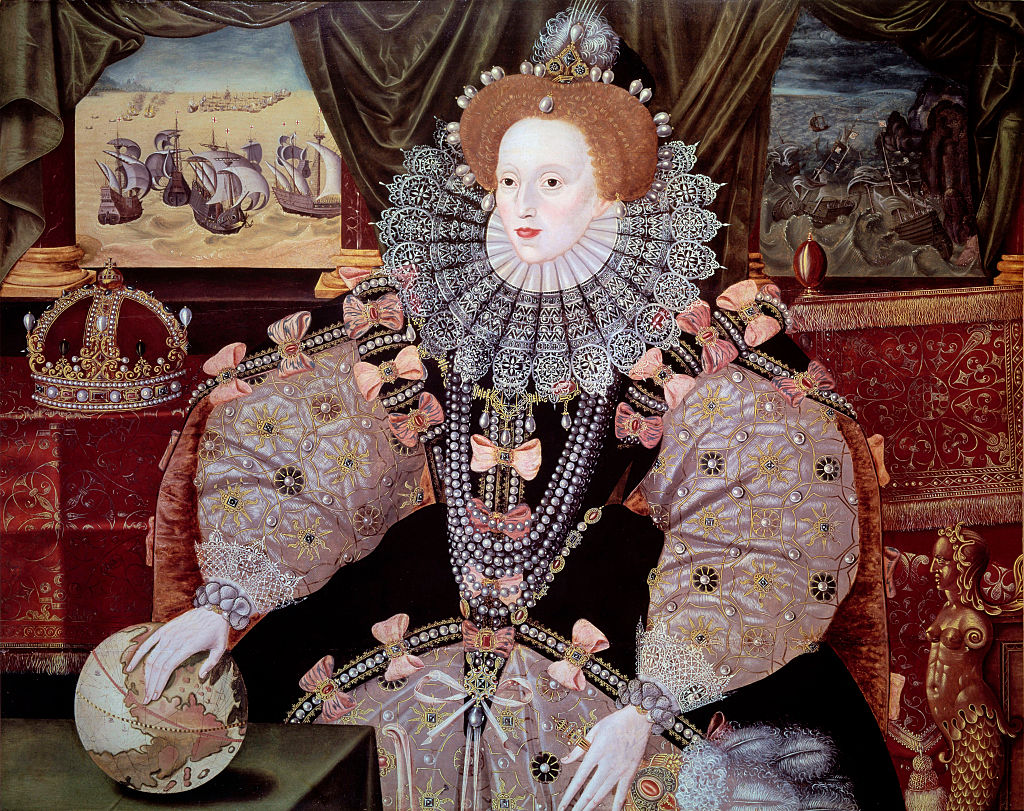
While having sun-kissed skin is all the rage today for much of history being pale was much more fashionable. That’s because it proved that you didn’t have to work in the fields. Both noblewomen and men would paint their faces white to look even fairer.
The problem is that the white paint was made of pure lead that was poisonous and would eat away at the wearer’s skin. Then they’d have to wear more makeup and the vicious cycle continued.
Most People Had Four Outfits…For The Entire Year
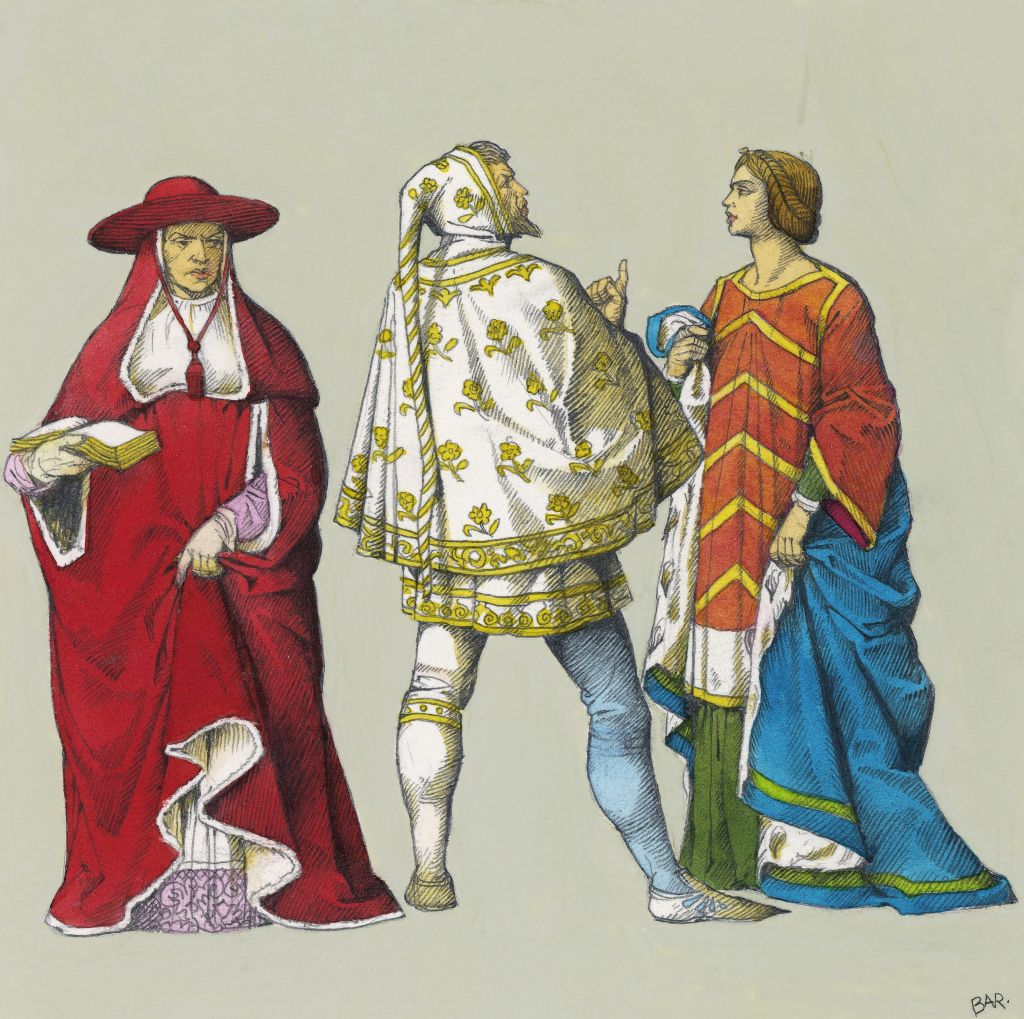
Fashion in the 19th century wasn’t about looking good. It was about being practical and saving money. Only the upper class had a different outfit for every day. The rest of society had to make do with one outfit for an entire season. And yes, the same rule applied to undergarments.
The clothes might get washed once every few weeks but don’t expect it. The only reason you might get a fifth outfit is if you had somewhere formal to go.
Shoe Polish Was Basically Pure Poison
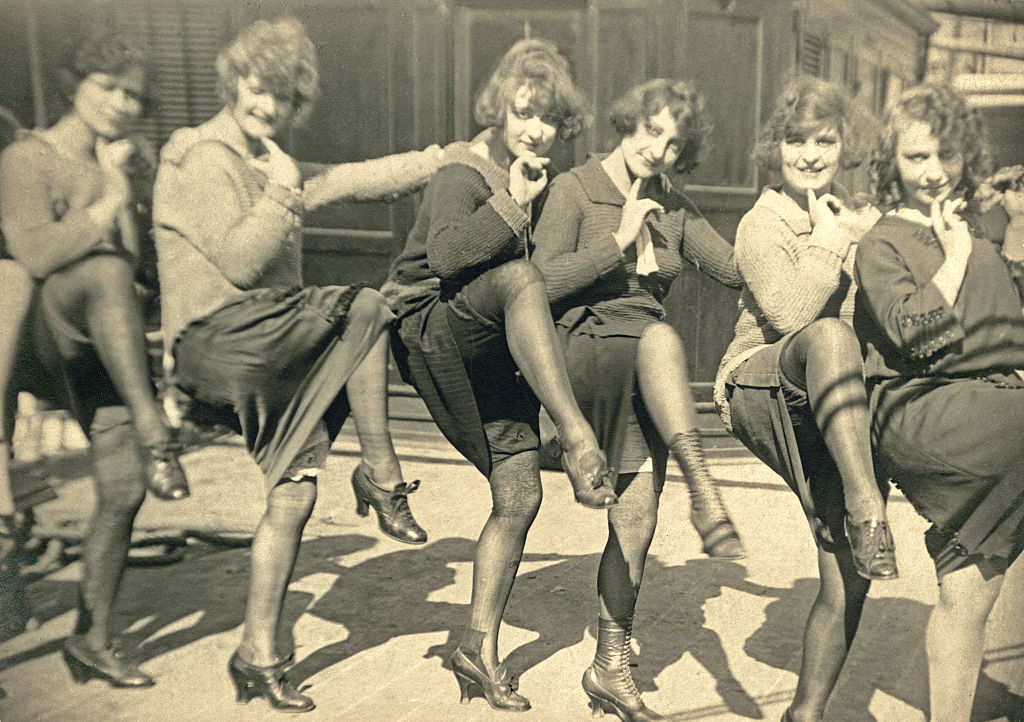
In the early 20th century, most shoe polishes were made with an ingredient called nitrobenzene. It had the incredible ability to make shoes extra shiny and slick, but it also could make you faint in an instant if you inhaled the toxins.
If frequent fainting wasn’t dangerous enough, mixing nitrobenzene with alcohol was practically a death sentence. Even modern shoe polish can be deadly if it is ingested in high quantities.
Toilet Paper Is A Very Recent Invention
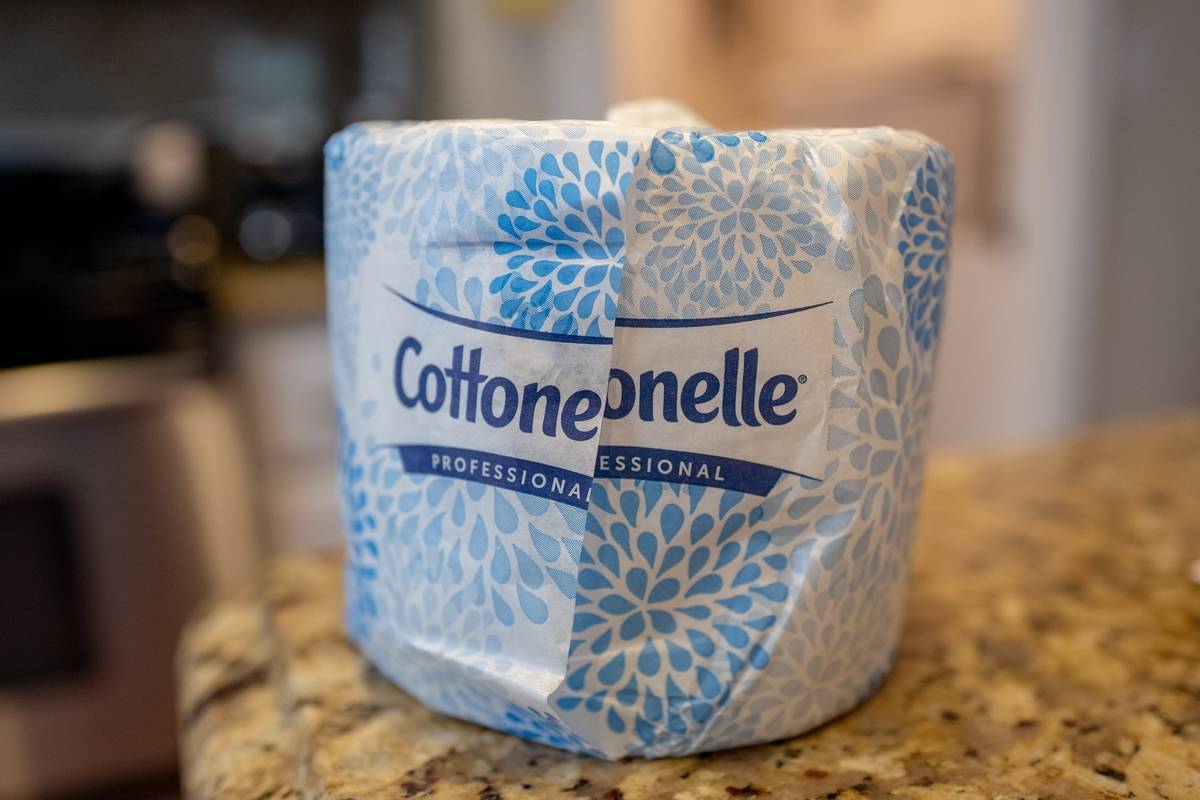
The Chinese were the first to use paper for sanitary purposes, but the widespread use of toilet paper didn’t occur until 1857. Before that, most people used things like leaves, rags, a wet cloth on a stick, or even their hands.
Just the thought of going No. 2 without toilet paper probably makes a lot of people queasy. That’s why it’s important to count your blessings and remember that humans survived for a long time without proper sanitary cloths.
Hair Care Was Awful

To achieve the trendy hairstyles of the 1920s, women in effect, destroyed their hair health. Ladies began experimenting by making their own curling irons, using round iron shafts with wood handles, heated over coals. This method lacked temperature control and women’s hair was often burned because of it.
If burning hair smell wasn’t bad enough, women used petroleum jelly to design their curls, which smelled like glue. One you achieved the perfect look, you wouldn’t want to wash it right away, either…
Urine Was A Popular Face Wash
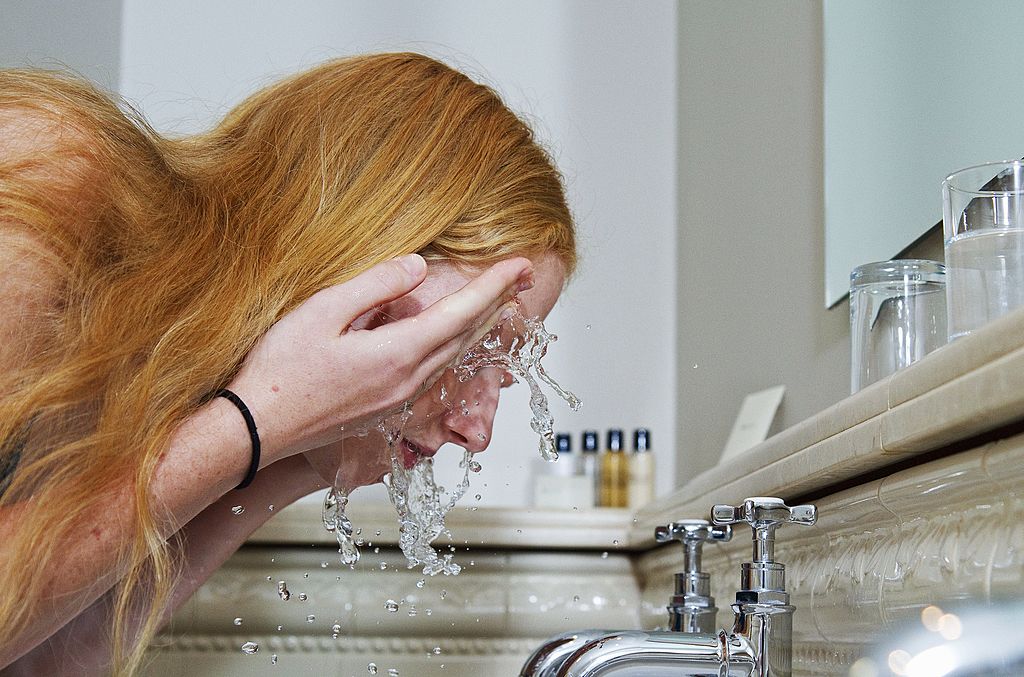
If you walked into a 17th century Sephora, you’d see shelves and shelves of skin care products that all included human urine as the main ingredient. Noblewomen of the time would wash their faces every day with urine because they believed in the antiseptic abilities.
Not only did urine do a surprisingly good job of keeping a noble woman’s face clean, but many believed it had anti-aging properties and would keep your skin feeling firm.
Lysol Was Originally A Feminine Hygiene Product
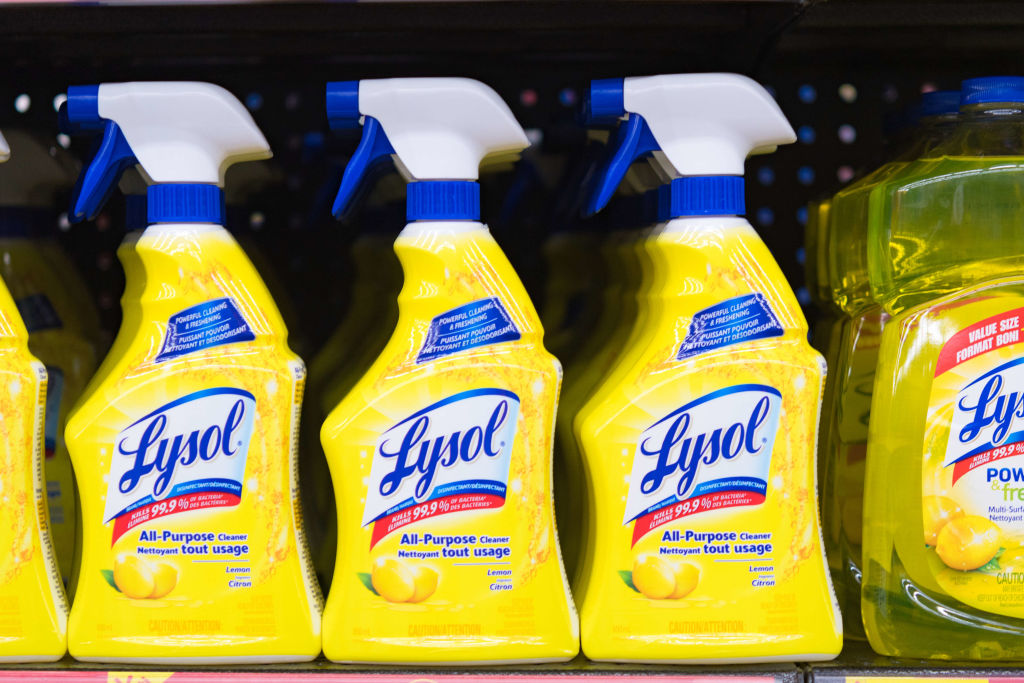
Yes, we’re talking about the same Lysol that you probably use as a kitchen cleaner and that kills 99.99% of germs. Lysol was first invented in 1889 and became a popular disinfectant during the 1918 Spanish flu outbreak.
For some reason, Lysol tried to re-brand in the 1920s to become a feminine hygiene product. It was advertised as both a cleaning agent for women and as a birth control agent. It was later discouraged by the medical community because it was too strong of a disinfectant.
You Can Thank The Dead For Your Dentures
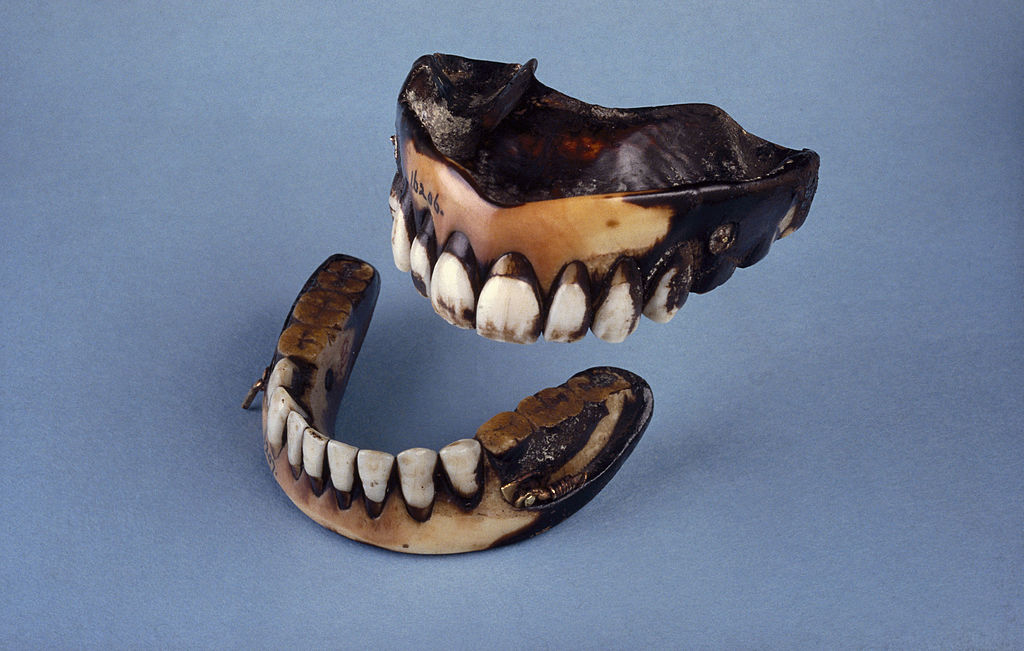
Back before wooden carved teeth became standard in dentures, anyone looking for a new set of teeth had to find someone who didn’t need theirs anymore. Unsurprisingly, the only people who were “willing” to give their teeth up were the dead.
During the 18th century, most of the dentures at the time were made from the teeth of dead soldiers. It might sound morbid but people from the time didn’t seem to mind all that much.
Balding Men Would Rub Chicken Poop On Their Head
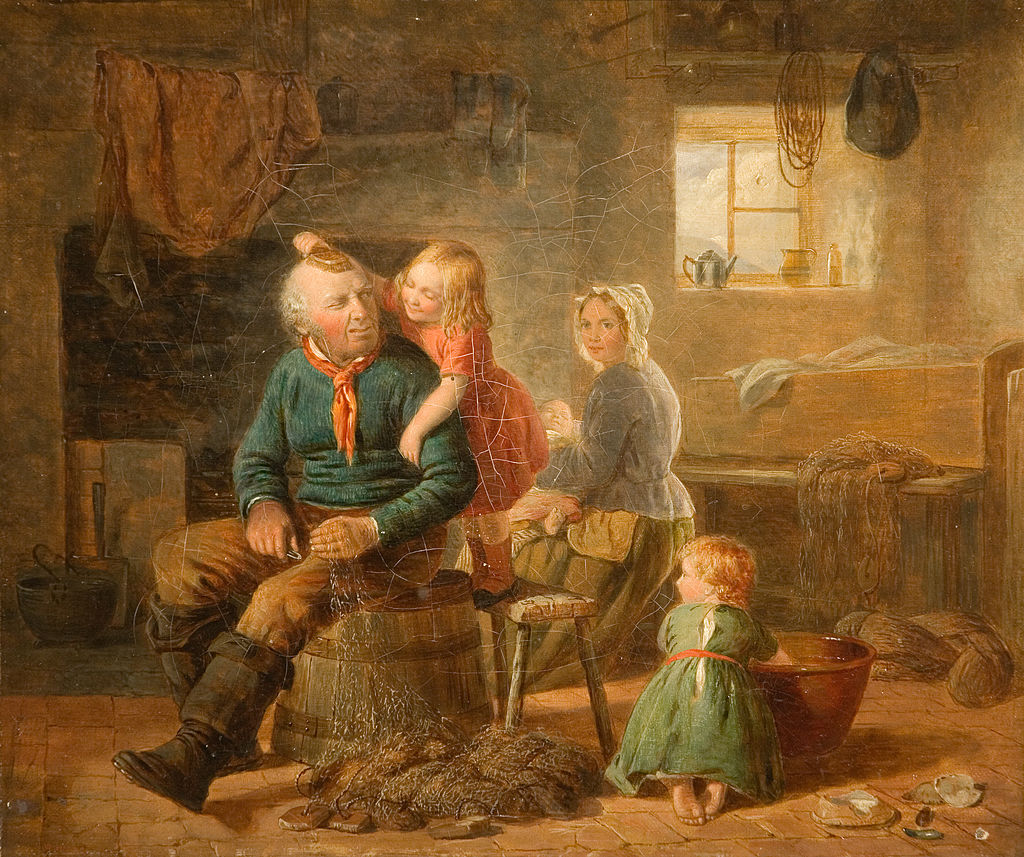
History has a lot of strange medical remedies but none as weird as using chicken feces to cure baldness. A 17th-century medical book titled “The Path-Way To Health” advised men to mix chicken manure (known back then as Culver-dung) with Lye and wash their scalps with it.
We’re not so sure about the chicken dung but considering the fact Lye is a poisonous alkaline solution, we doubt any hair was growing back with that remedy.
Dying People Turned Their Body Into Edible Medicine
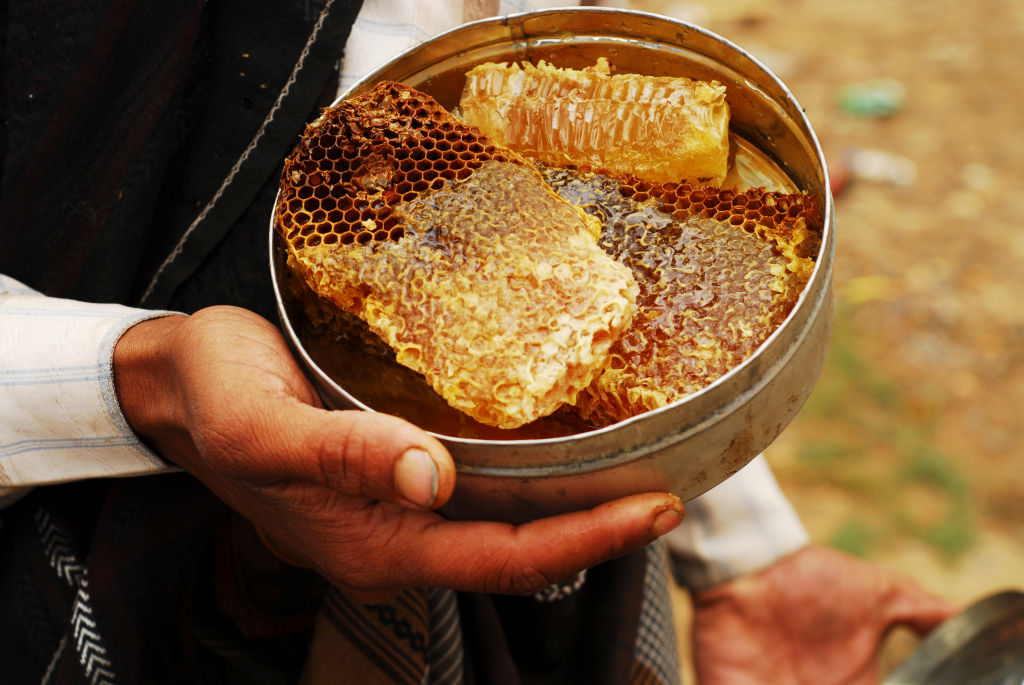
The process of mellification was an old Arabic process that consisted of a dying person turning their body into a mummified candy bar for the living to eat. It began when the person was still alive. They would decide to donate their body and begin an all-honey diet. After their death, the body is placed in a stone coffin filled with honey for up to a century.
Eventually, the “mellified man” was unearthed and consumed by the living as a treatment for several ailments. The process was so popular that people in 16th century China also began doing it.
Using Urine As Mouthwash Was Commonplace
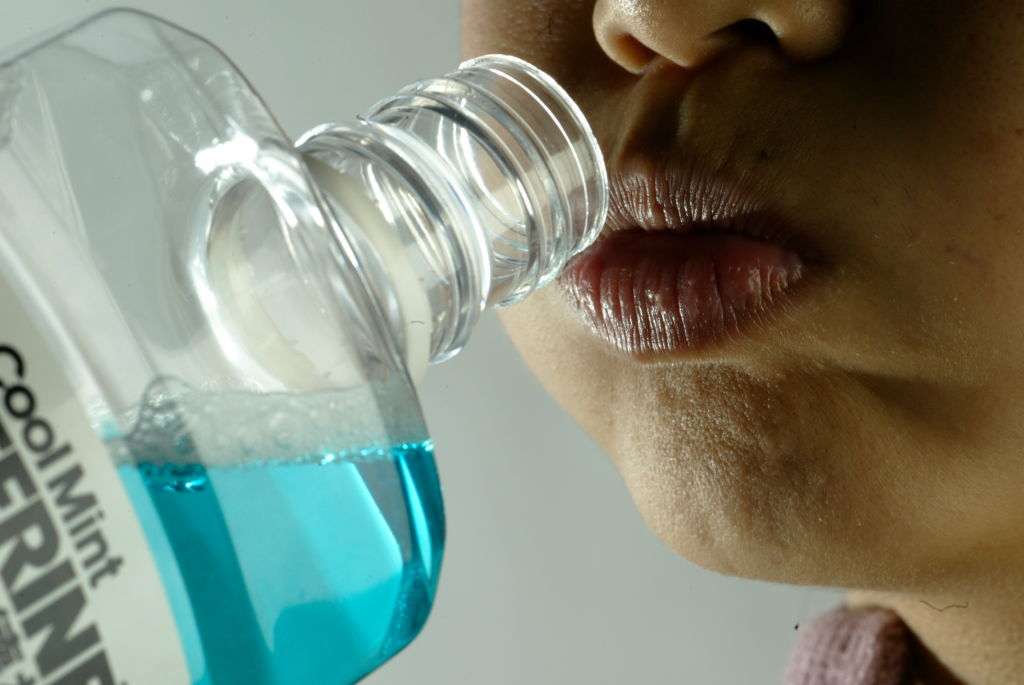
When it comes to cleaning clothes and ridding your mouth of bacteria, people didn’t always have Tide Pods and Listerine. They had to come up with their own anti-bacterial solution and luckily, they were full of it. People used to use their own urine to wash their clothes and their mouths.
Human urine is sterile when boiled and contains ammonia, which many modern cleaning products also contain. The process may sound gross but even Bear Grylls suggests doing it when you’re in a pinch.
The Origins Of Feminine Hygiene

Starting in 1973, birth control was illegal to advertise in the United States. To be clear, the products were not illegal to use, but they could not be marketed as to what they actually were.
To get around this, companies began branding their products using the terms “feminine hygiene” and “male hygiene.” No one was fooled, but the use of words was enough to get around conservative laws. Decades later, these terms are still used on thousands of products.
Tall Hairstyles Would Attract All Sorts Of Creepy Crawlies

Those ultra-high hairstyles of the 18th century may have looked prim and proper but they were a breeding ground for bacteria. The hairstyles were a mix of wigs and real hair that were built up using lard. Since the style took so much work, the hair was not washed for weeks.
That means that during those weeks all sorts of vermin like bugs and small animals would find their way in and make themselves at home.
Everything Was Finger Food

Fun fact; medieval people didn’t have silverware. If you’re ever watching a movie and villagers are eating with spoons, don’t be fooled. They ate with their hands, the only tools that were available for them to eat with.
Sometimes they would use bread as a utensil, but then they would obviously eat the delicious carbohydrate. Did we mention no one washed their hands in those days either? Nothing like a little extra season on your stew beef!
Entire Families Reused The Same Bath Water

In the Middle Ages, bathing was emphasized by Christianity as a way to show off your cleanliness. While the upper class could afford to heat a bathtub of water every night, the lower class couldn’t. Families would instead end up sharing the same bathwater.
They often bathed from oldest to youngest, so if you were the baby of your family you ended up in some pretty dirty water. Bathing has evolved a lot over time, but it used to be a pretty gross affair.
People Just Didn’t Wash Their Clothes During Winter
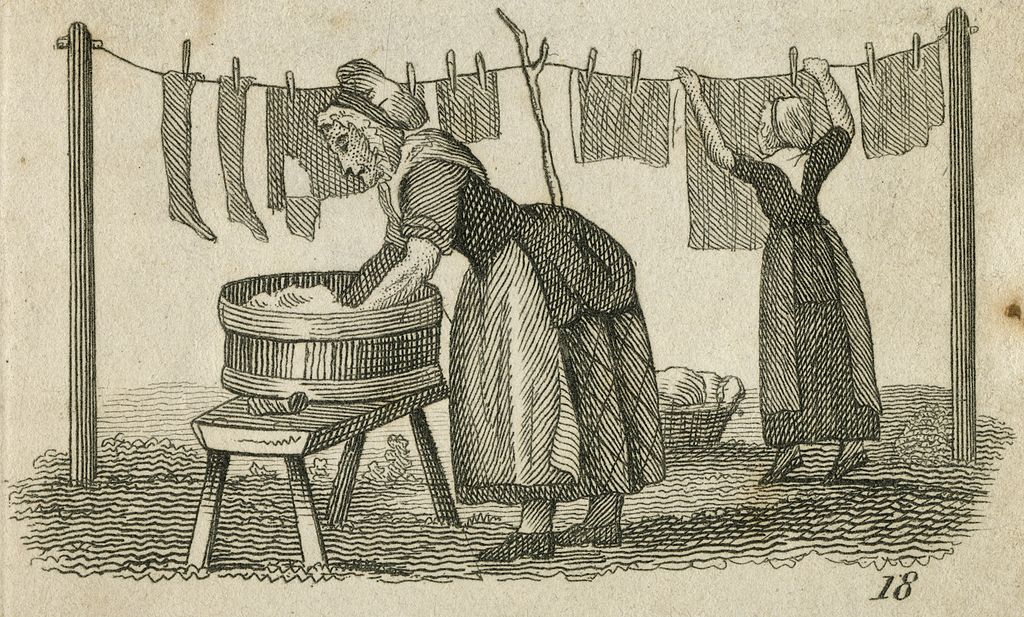
Do you know how people only had four outfits? Well, they also just never washed them in the winter. For most people, it was simply too cold to take your clothes off so they just kept them on. Washing your clothes meant having to heat up water, wait for the clothes to dry, and do it all while being stark naked.
At least if it was cold they probably didn’t sweat as much, and hopefully, their clothes didn’t smell too bad.
Teeth Were Pulled To Cure Toothaches
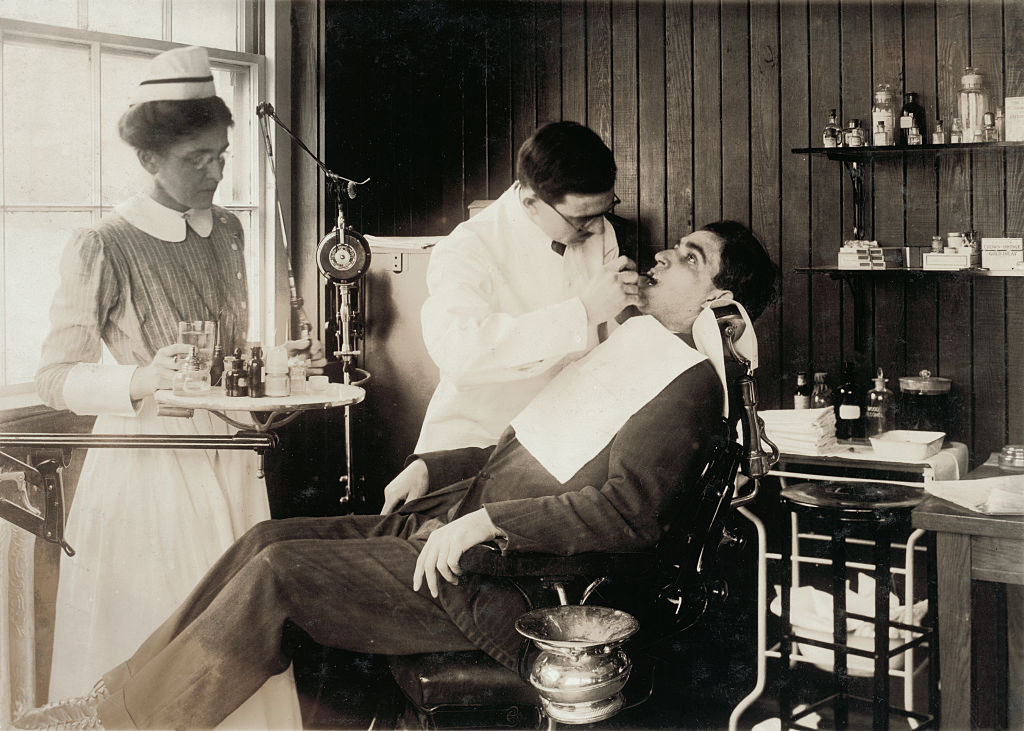
If you had a toothache back in the day and needed to get rid of it, there was one solution that always worked; pulling out your teeth. This painful practice was done in barbershops, since barbers were licensed to perform minor surgery at the time.
Of course, this was only done to rotting teeth that were going to need to be removed anyway. The lesson here: take care of your teeth, because they don’t grow back.
Ancient Tampons Weren’t Exactly Comfortable
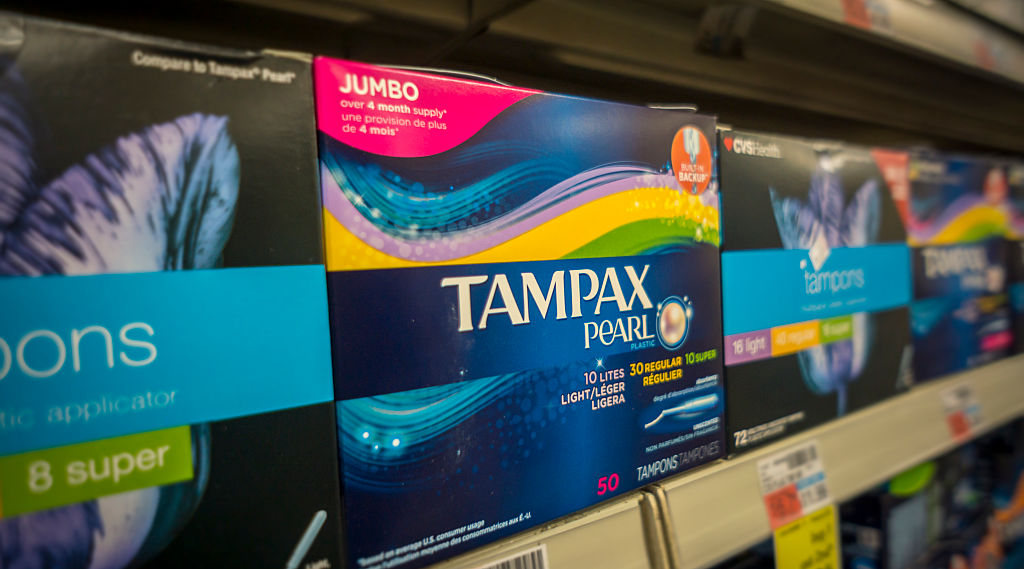
For women living in ancient societies, it was basically “anything goes” when it came to preventing leaks in public. Tampons were said to have originated in Egypt where women would mix dirt and honey then wrap it in linen. Ancient Greek women used a similar technique.
The women of Ancient India would use a mixture of rock salt and oil that doubled as a contraceptive. Japanese women were ahead of their time using paper tampons but they didn’t absorb much and apparently had to be changed 12 times a day.
Body Hair Was Removed With X-Rays
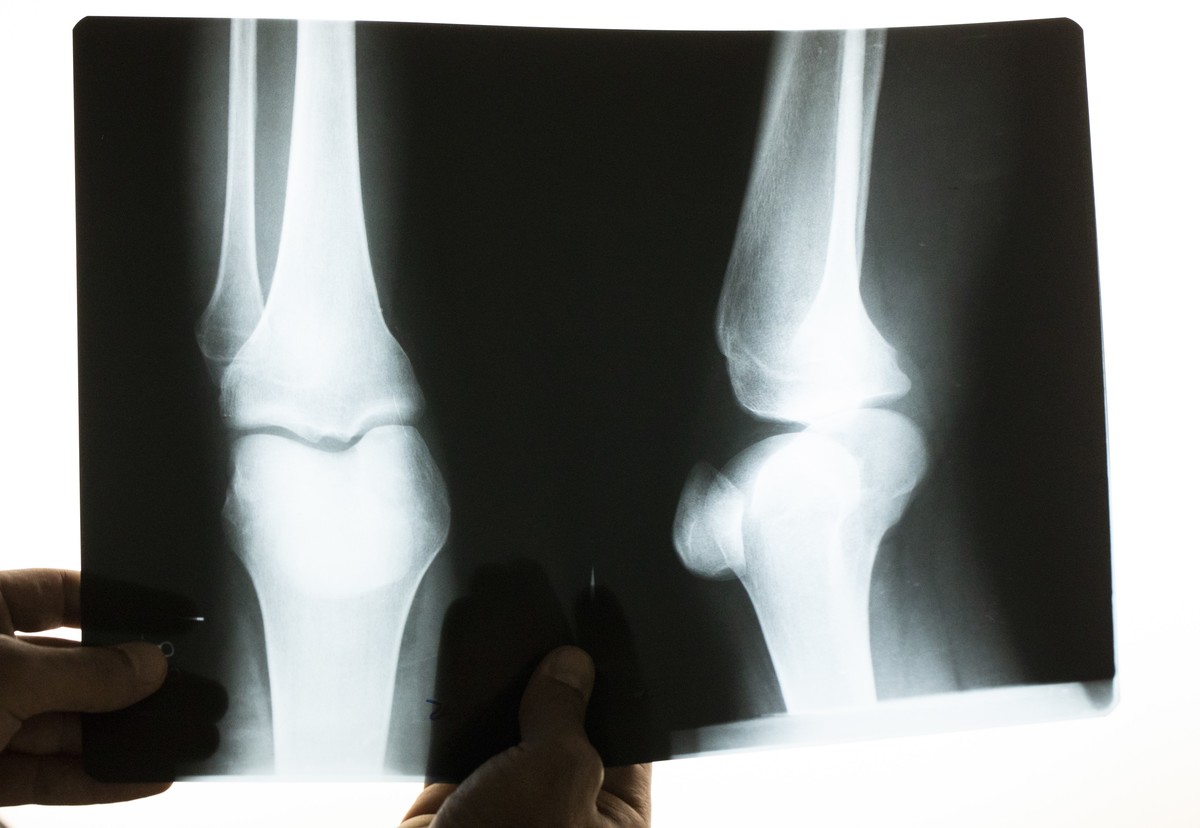
Using X-rays to remove body hair in the early 20th century was seen as a permanent solution to shaving. Why worry about grabbing your razor and foam on a busy morning but you could radiate the problem away?
The only problem with this treatment for hair removal was that many patients got cancer. This is because in order to remove all the hair they wanted to permanently, they would have to be exposed to radiation for more than 20 hours!
Radium Was Used To Battle Grey Hair

When we say radium was used to battle grey hair we use the word “battle” loosely. Getting rid of unwanted faded hair this way was 100 percent effective. They only problem was it would also cause a person’s hair to fall out.
Thank goodness today we have actual hair dyes that are safe to use in the battle of grey. You could also go all into to the look. The more mature shade has become surprisingly trendy in the 21st century!
Beaver Parts Were Considered Birth Control
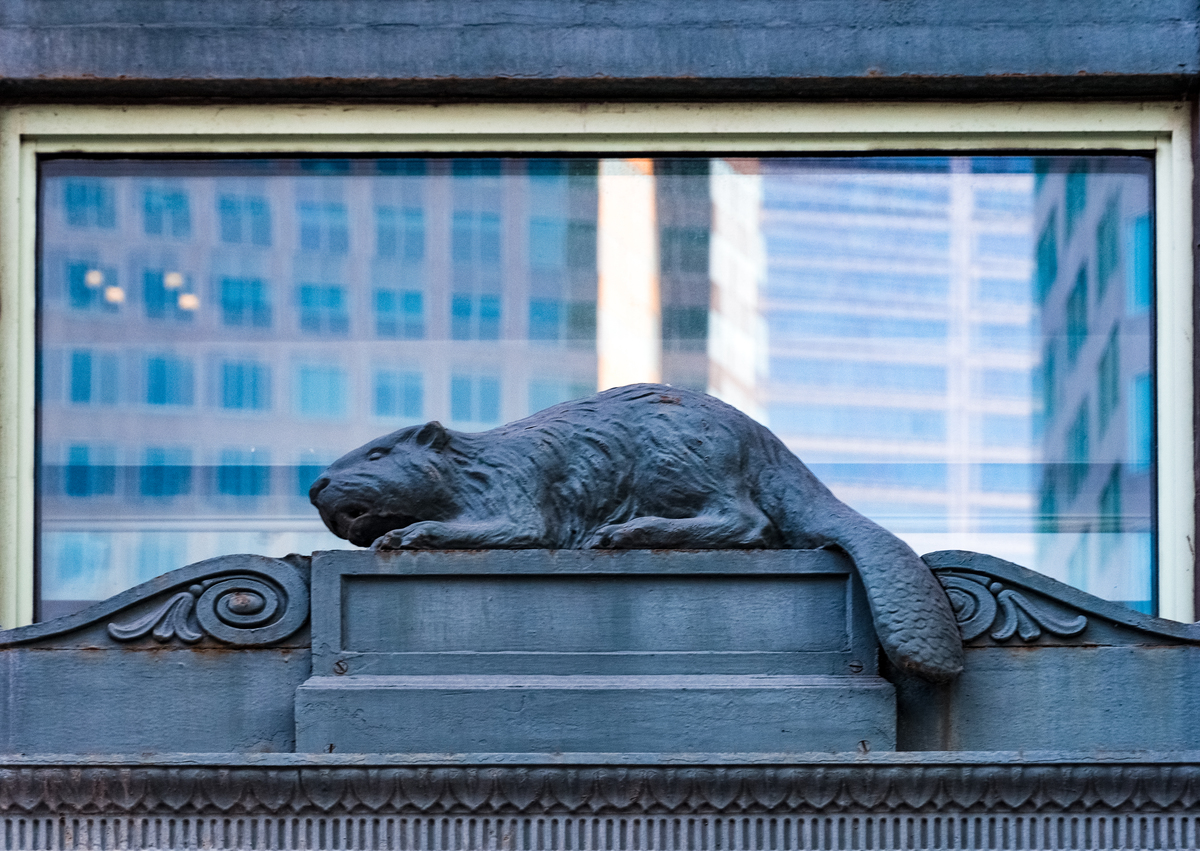
There’s unfortunately no real way to sugarcoat this one. If you thought using reptile dung was gross, then you definitely won’t enjoy this. In the 16th century, male beavers special parts were taken and turned into a birth control potion.
Women then drank this potion and were supposedly protected from getting pregnant. We’re going to go ahead and guess that this didn’t work since it’s not something still used today. And let’s all be thankful for that!
Early Toothpaste Wasn’t Exactly Minty Fresh
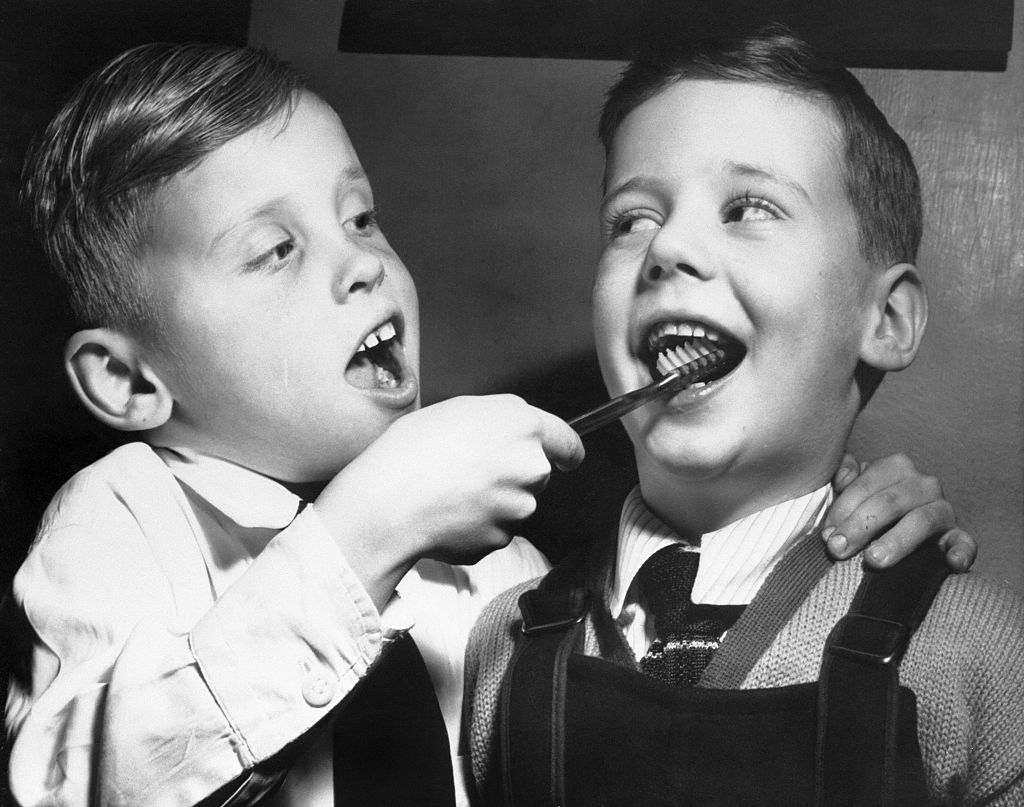
Toothpaste is a relatively modern invention but people still needed something to brush their teeth with. Toothpaste from the Middle Ages was made of burnt herbs like rosemary and mint, so it really wasn’t that bad. Toothpaste from the Roman era was much worse though. The Romans reportedly used to brush their teeth with pureed mouse brains.
Other gross kinds of toothpaste included crushed oysters from the Ancient Greeks and crushed pepper and salt from the Ancient Egyptians.
Snail Slime Was A Sore Throat Solution

Nowadays we might brew a pot of tea and add some honey to cure a sore throat. Back in the day, doctors did something a little different and instead chose to combine one pound of snail slime with one pound of sugar. It would create a sweet syrup that would coat your throat and cure your cough.
When you think about it, it’s really not that different than having a spoonful of honey but it’s still pretty gross.
Floors Were Made Of Straw
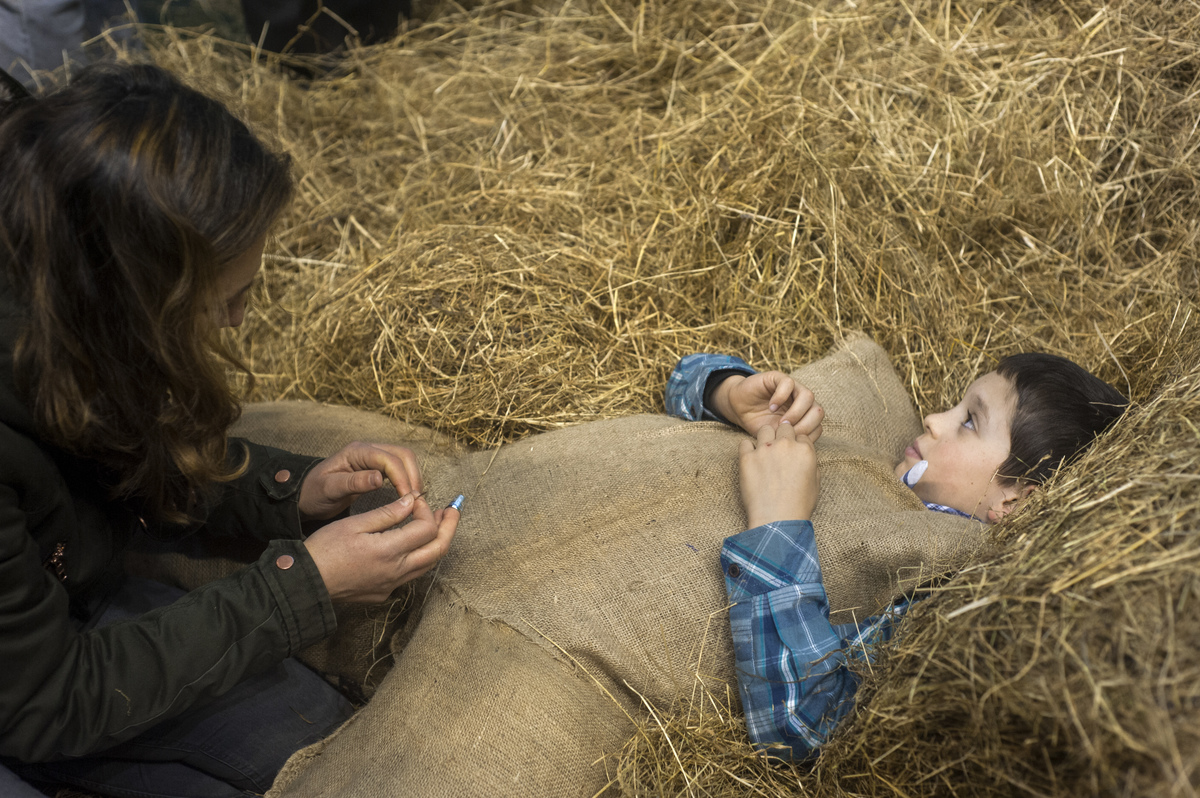
One solution to having a bathroom in medieval times was this; cover the floor with straw. At least we’re assuming that’s why people used to do it. The really gross part is many people reportedly didn’t remove the old straw before adding a new layer in.
Hopefully, medieval people weren’t walking around their houses barefeet. They had to wear some kind of protection, right? No wonder so many people became so easily sick back then. There was literally nowhere to hide!






